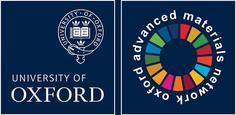The self-assembly of an arylazopyrazole-based photosurfactant (PS), based on cetyltrimethylammonium bromide (CTAB), and its mixed micelle formation with CTAB in aqueous solution was investigated by small angle neutron and X-ray scattering (SANS/SAXS) and UV-vis absorption spectroscopy. Upon UV light exposure, PS photoisomerizes from E-PS (trans) to Z-PS (cis), which transforms oblate ellipsoidal micelles into smaller, spherical micelles with larger shell thickness. Doping PS with CTAB resulted in mixed micelle formation at all stoichiometries and conditions investigated; employing selectively deuterated PS, a monotonic variation in scattering length density and dimensions of the micellar core and shell is observed for all contrasts. The concentration- and irradiance-dependence of the E to Z configurational transition was established in both neat and mixed micelles. A liposome dye release assay establishes the enhanced efficacy of photosurfactants at membrane disruption, with E-PS exhibiting a 4-fold and Z-PS a 10-fold increase in fluorescence signal with respect to pure CTAB. Our findings pave the way for external triggering and modulation of the wide range of CTAB-based biomedical and material applications.
Materials by design for sustainable solutions in the energy, medical, transport, and engineering sectors




